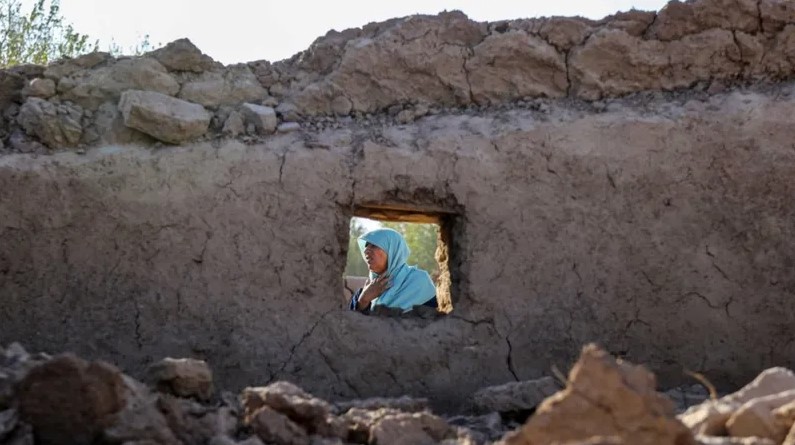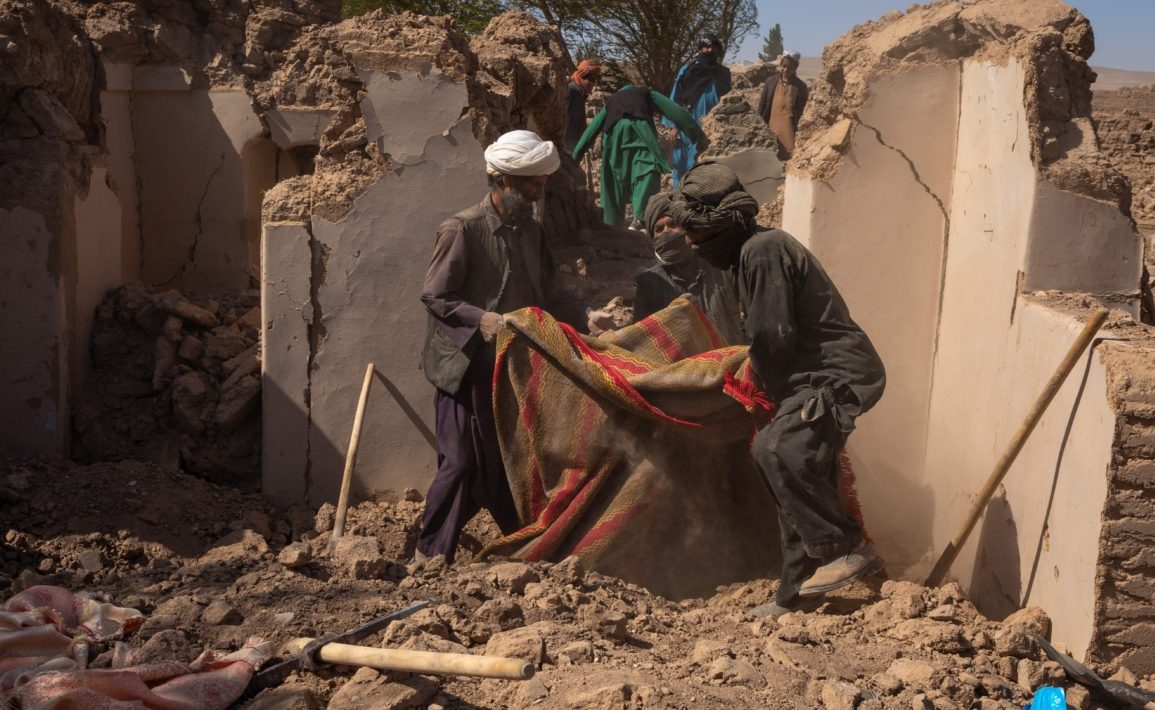On Wednesday, a powerful earthquake struck Herat, Afghanistan, following a series of devastating quakes that occurred on Saturday. The latest tremor forced authorities to redeploy relief and rescue teams already engaged in recovery efforts from the previous disaster.
Disaster management spokesman Janan Sayeeq reported that there were no immediate details on casualties, but provincial officials confirmed the destruction of hundreds of homes. The Herat governor’s office described the damage as significant but did not provide specifics.
Saturday’s earthquakes, which resulted in at least 2,400 deaths and over 2,000 injuries according to the Taliban-run government, were among the deadliest global quakes of the year.

The World Health Organization noted that most victims were women and children. The recent quake, measuring 6.3 in magnitude with a depth of 10 km, was reported by the German Research Center for Geosciences (GFZ).
Herat, located near Iran and surrounded by mountains, has a history of severe earthquakes, particularly in the Hindu Kush region. The central district of Rubat Sangi, previously affected by Saturday’s quakes, saw at least 200 homes damaged or destroyed, with significant financial losses reported. However, no new casualties have been reported in this area as many residents were already displaced.
The ongoing relief efforts are complicated by Afghanistan’s war-torn infrastructure and a lack of foreign aid, which was crucial before the Taliban’s takeover.
The EU has committed 2.5 million euros in additional aid, including shelter kits and winter supplies, to humanitarian organizations. Other countries, including Pakistan, Iran, Turkey, and China, along with the UN, have pledged aid including food, blankets, and medical supplies.

